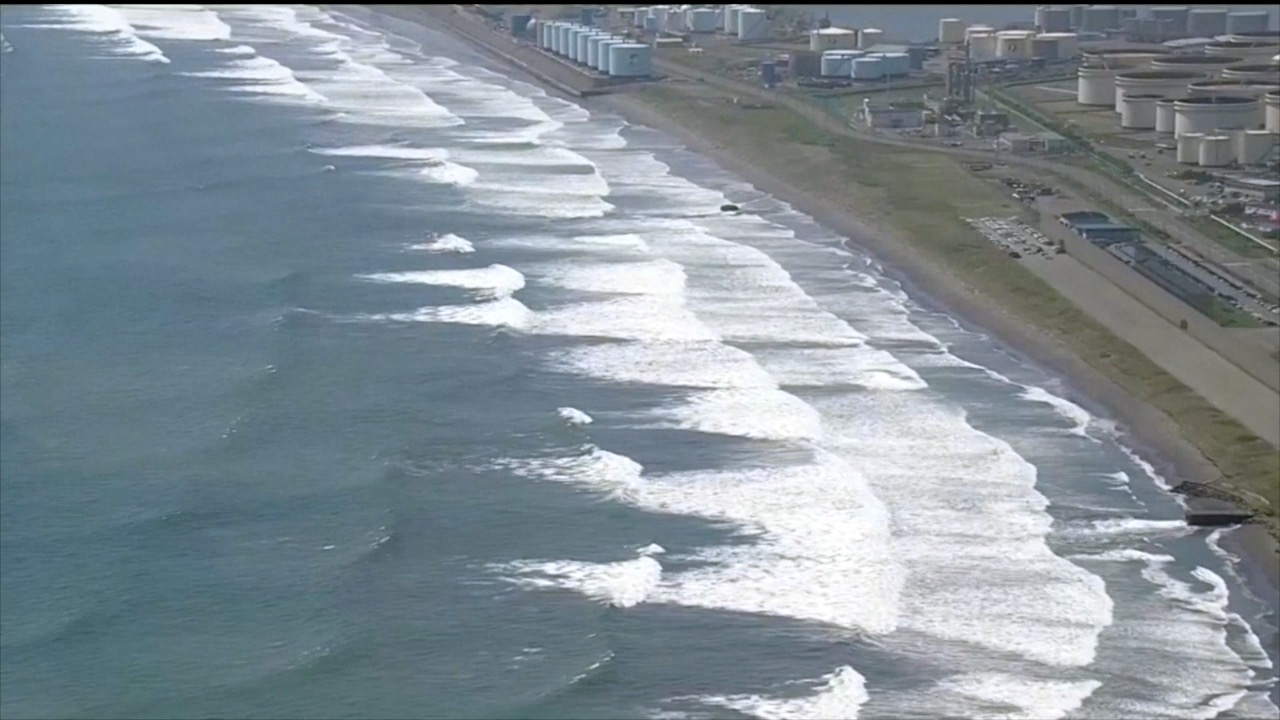BAKERSFIELD, Calif. (KERO) — Here in Kern County, we’re pretty used to earthquakes — but tsunamis are something different. With these recent events happening across the world, I wanted to learn more about the science behind them.
An 8.8 magnitude earthquake hit northeast Russia’s Kamchatka Peninsula on Tuesday, triggering tsunamis across the Pacific.
I contacted a local geologist at Cal State Bakersfield to gain insight on the subduction zone plate boundary — where the Pacific Plate is being pushed underneath the North American Plate, causing powerful earthquakes and tsunamis.
Dr. Matthew Herman is and Assistant Professor of Geology, at California State University Bakersfield and he says, "The tsunami was pretty substantial — several meters, or close to 10 feet in some places in Kamchatka. What we saw in Hawaii was a tsunami that wasn’t much bigger than one meter in most places, but it still led to some coastal damage. Here in California, we mostly saw a tsunami of less than a meter."
The resulting tsunami spread across the ocean. Over in Hawaii, neighborhood reporter Sam Hoyle is on vacation. He says he spent most of Tuesday packed into a car on high ground, waiting for updates. But as of Wednesday, things are looking peaceful again. "What I’ve been able to see and hear is that it was only a bit of flooding in some of the lower-lying areas. Some of the hotspots were areas that are already used to flooding — so everything seems like it’s back to normal." Sam said.
However, Dr. Herman says aftershocks are still possible. "In this case, they are mostly smaller earthquakes. They can be up to typically about a magnitude less than the main shock — but that still means we could expect magnitude 7 aftershocks, and many in the 6s and 5s."
Dr. Herman also noted that a series of smaller earthquakes — known as foreshocks — occurred in the same region beginning around July 19th, leading up to the 8.8.
He adds that the last major earthquake in the Kamchatka region occurred in the 1950s — about 70 years ago.
The tsunami’s impact has mostly been felt along the California coast.
Here in Kern County, scientists say we should be in the clear.
Stay in Touch with Us Anytime, Anywhere:



